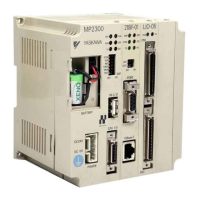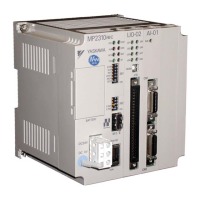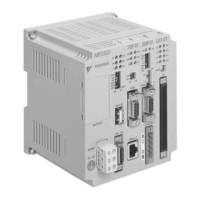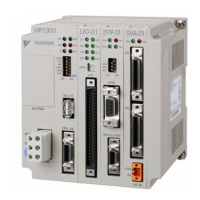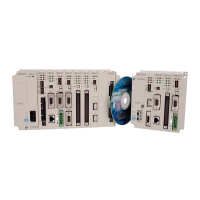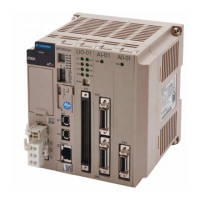5.3 Registers
5.3.2 Data Types
5-38
5.3.2 Data Types
There are five kinds of data: Bit, integer, double-length integer, real number, and address data. Each is used differently
depending on the application. Address data, however, is used only inside functions when specifying pointers.
The following table shows the types of data.
Type Data types Numeric Value Range Remarks
B Bit 0: OFF/1: ON Used by relay circuits.
W Integer
−32768 to +32767
(8000H) (7FFFH)
Used for numeric value operations. The values in paren-
theses ( ) indicate use with logical operations.
L
Double-length
integer
−2147483648 to +2147483647
(80000000H) (7FFFFFFFH)
Used for numeric value operations. The values in paren-
theses ( ) are for use with logical operations.
F Real number ± (1.175E-38 to 3.402E+38), 0 Used for numeric value operations.
A Address 0 to 32767 Used only when specifying pointers.
0123456789ABCDEF
[ MW00101 ]
[ MW00102 ]
[ MW00103 ]
[ MW00100 ]
[ MB001006 ]
[ MF00102 ]
[ ML00102 ]
[ MF00100 ]
[ ML00100 ]
[ MB00103A ]
Data Types and Register
Specifications
A digit to indicate the bit (A) is added to
the register number (00103).
The words for the given register number
(00102) and the next number (00103) are
included. Therefore, every second number
is used.
Bit type
Bit type
Double-length and real
number type
Integer type
Each register number
is one word.
A digit to indicate the bit (6) is added to
the register number (00100).
[ MA00100 ]
Pointer Specification and Address
Type
Register area
Address in
memory
Indicates registers with consecutive
multiple addresses with MA00100
as the leading address
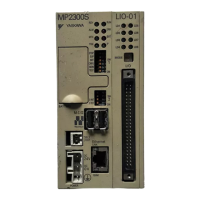
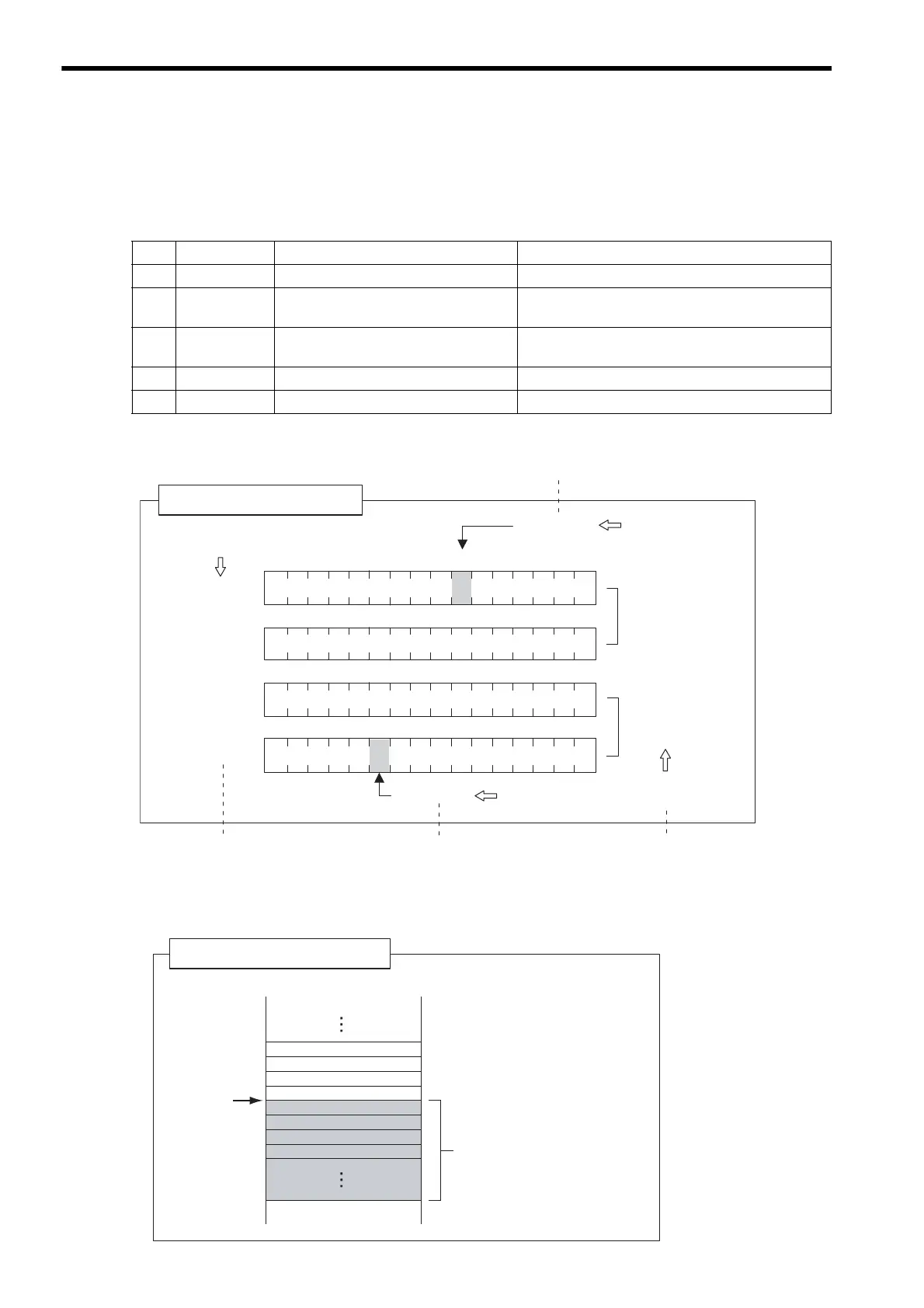